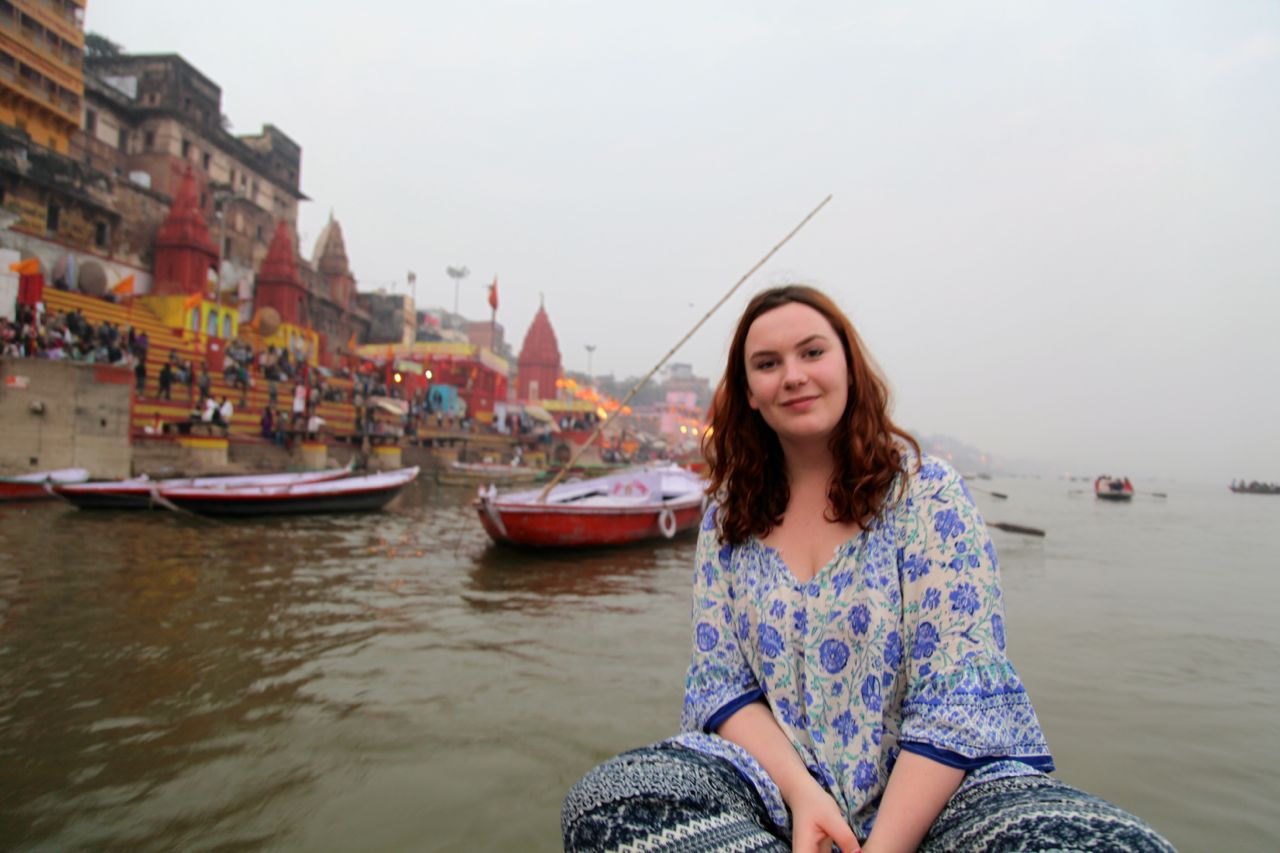The third reading was about how technological advances in media change the ways that media is used and functions within the public sphere.
I would like to go into my own thoughts on this. As much as technology creates possibilities, it always has limitations. As discussed in this weeks class, photographs are constrained by their lack of time. In a less clear way film is limited because it is difficult to negate a point of view. It is easy to show what is, but not what is not.
There’s also the fact that the limitations that create opportunity or enhance creativity. By asking, What can it do? you can really utilise the creativity and possibilities of a media form. Particularly with digital where the answers to ‘what can it do?’ are become more and more vast.
The invention and development of digital technologies in particular has expended the possibilities within media phenomenally in the past decade. It has also made the technology to create and produce content available and easily accessible to the masses. The public sphere connects in social online networks and create and share content. For example the platform Instagram allows users to share their photography withe the world and is used by millions of people.
However this also has its drawbacks when lines are blurred between what is valuable and what isn’t. What is art and what isn’t. Time magazine used Instagram to document Hurricane Sandy and Jeanette Hagglund uses Instagram to create stunning architectural photos, but 90% of the population are using Instagram to take photos of food or their cats, like me.
